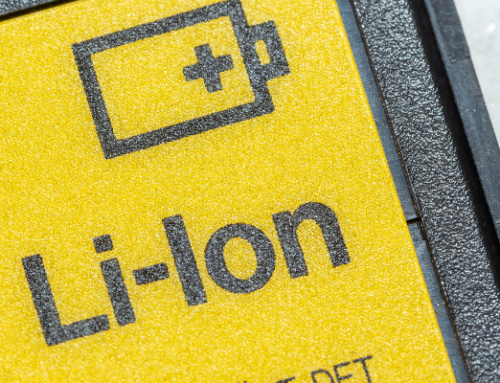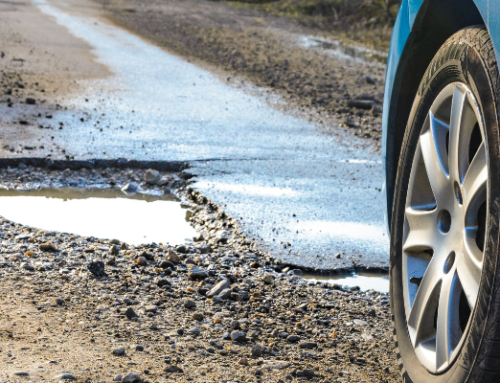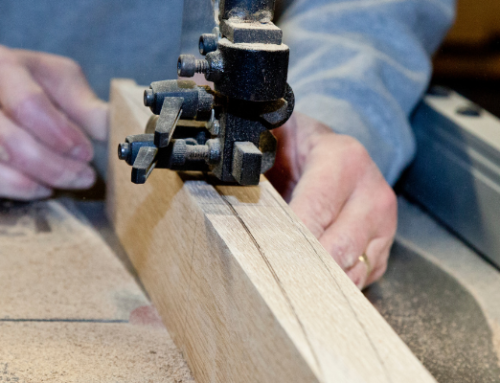Escape of Water (EOW) is a term used to define a water leak in a property. It usually occurs in instances where there is a catastrophic burst or slow leak from the plumbing or heating system involving pipes and joints, but also appliances or even faulty bathroom sealant.
EOW related situations have increased across all building types and industries over the last few years and are the most likely causes of insurance claims. According to research by the Association of British Insurers (ABI) in 2020, escape of water (EOW) is the leading cause of residential property insurance claims in the UK. While these type of claims are prolific in residential property the commercial property sector is also at substantial risk.
In 2020
- 1 in 5 building and contents claims were for EOW
- 238,000 claims were made for EOW
- £3,170 was the average cost of an EOW claim
- Cost insurers on average £1.8m in claims on a daily basis
Zurich Insurance’s own data suggests that whilst the total number of water damage claims has stayed relatively static, the magnitude and cost of such claims has increased sharply and continues to rise.
Checklist to help prevent escape of water
The five-point checklist below, can be used to help mitigate the risk of EOW:
- Education is key. Ensure occupants know where the water shut-off valve (stopcock) is in case of emergency. Test the valve to make sure it can be turned off quickly and easily
- Resident checks. Ask residents to complete an annual checklist, requiring occupants to periodically check and report on the condition of key plumbing components, including in difficult-to-see areas, such as behind bath and shower panels – include these checks within the tenancy agreement
- Maintenance programme. If you have responsibility for the maintenance and repair of a domestic property, make sure there is a comprehensive, planned preventative maintenance system in place
- High tech solutions. Consider installing leak detection devices that can shut off the water supply and raise an alarm in the event of a leak. Intelligent and programmable equipment also allows you to remotely manage water availability in unoccupied premises, to shut it off and reduce the risk of water damage when it’s temporarily vacant
- Skills and know-how. Ensure occupants don’t try to mend something themselves. Incorrect installation of pipes can lead to escape of water. For example, not sufficiently tightening a compression joint, or not shutting off the stopcock when fitting a new pipe. Always use experts with the right qualifications and equipment to carry out installations and repairs – or it may cost more in the long-term.
Further guidance
There are simple preventative measure that reduce the likelihood and severity of an EOW occurring. To help highlight and prevent these incidents, Zurich Resilience Solutions have produced a guide for tenants. The guide includes a list of common causes, tips on how to prevent EOW damage, details on incident response and more.
You can download the guide here.
This article was adapted from an article by Zurich which can be found here.





